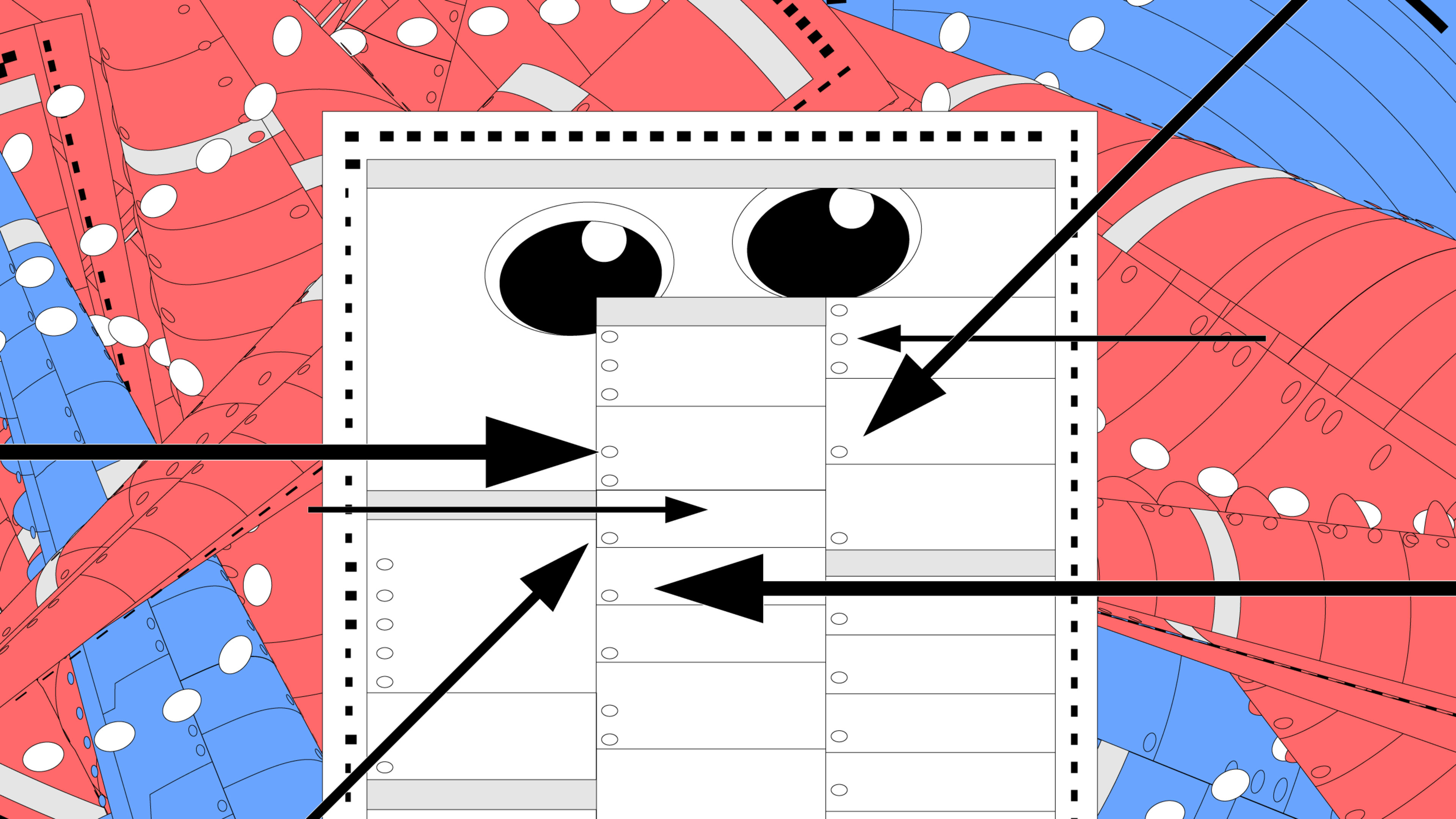From questions about the reliability of the USPS, to mail-in ballots versus absentee, to drop-off boxes, to voting in person during a pandemic, there’s a slew of potential challenges for voters to navigate this election season.
And with ballot designs varying from district to district (see Pennsylvania’s naked ballots), there’s a chance voters could come across a confusing ballot themselves. So we asked Whitney Quesenbery, executive director of the Center for Civic Design, to share some best practices for filling out ballots properly, no matter where you live or how you vote. The top three vote by mail errors among rejected ballots in 2016, according to Quesenbery? Almost a third of people whose ballot was rejected had a non-matching signature; 20% forgot to sign their ballots; and 23% didn’t return it on time. Don’t let that be you. To ensure that your vote counts, keep these tips in mind when filling out your ballot.
Reread everything. Then read it backward.
“Check your ballot carefully,” Quesenbery says. “Make sure you didn’t skip a contest by accident, and that you have marked only as many candidates in each contest as allowed.”
The best way to ensure you’ve filled out your ballot properly is to read everything, and know that the ballot won’t necessarily be intuitive. Sometimes candidates for a particular contest will be listed below the instructions in the same column, and sometimes candidates will be split into multiple columns—or even onto multiple pages. So be sure to read all the way to the bottom of each column and look for visual clues like shading or dark lines between contests. It’s worth noting that the format can vary depending on how many presidential and down-ballot candidates are on the ballot in your particular state.

After you complete your ballot, Quesenbery recommends double-checking it by reading the pages in reverse. And if you vote in person on an electronic voting machine, keep an eye out for multiple contests on the same screen. (There’s an extra safeguard if you vote in person by machine: Voters get a second chance to fix their ballot if the machine detects an error.)
Sign, seal, deliver your ballot
Mail-in ballots require an additional layer of scrutiny: the envelope. There are a few ways a state can package mail-in ballots, according to Quesenbery. They might come in two envelopes (the one the ballot was sent in and the return envelope) or even three envelopes (the envelope the ballot was sent in, the return envelope, and an inner envelope you put your ballot inside). Depending on your state, the inner envelope will either be a blank secrecy envelope or it might have a form for you to fill out. Although it’s been in the news lately, the secrecy ballot is relatively rare. Most states with a vote-by-mail system in place use a two-envelope system purely from a workflow standpoint: It’s less for election officials to sort through, and it means way less waste.
“I’m shocked at the idea that a voter’s ballot would be rejected on this sort of technicality,” Quesenbery says regarding the Pennsylvania ballots specifically. “Think about it: Someone has taken a lot of steps to vote—they registered, requested a mail-in ballot, returned that ballot, properly marked, with a properly signed voter declaration. And the ballot is rejected. That’s an election tragedy.”

Track it
Putting your ballot in the mail or a drop box doesn’t mean it goes into a black hole. Quesenbery recommends tracking your ballot—many states offer the ability to check its status online.

Don’t procrastinate
Last but definitely not least, “Vote as early as you can,” Quesenbery says. A record number of voters will be casting their ballot by mail, and that increased demand on the postal system could slow things down. Swing states were won by a hair in 2016, and Quesenbery expects the numbers to be even closer this time around—not just for president but for races up and down the ballot. “There are counties that have been solid for years, and [this year] the incumbent is running neck and neck with the challenger. The most important thing I would say is this: This is the year when every vote counts.”
Recognize your brand’s excellence by applying to this year’s Brands That Matter Awards before the early-rate deadline, May 3.
